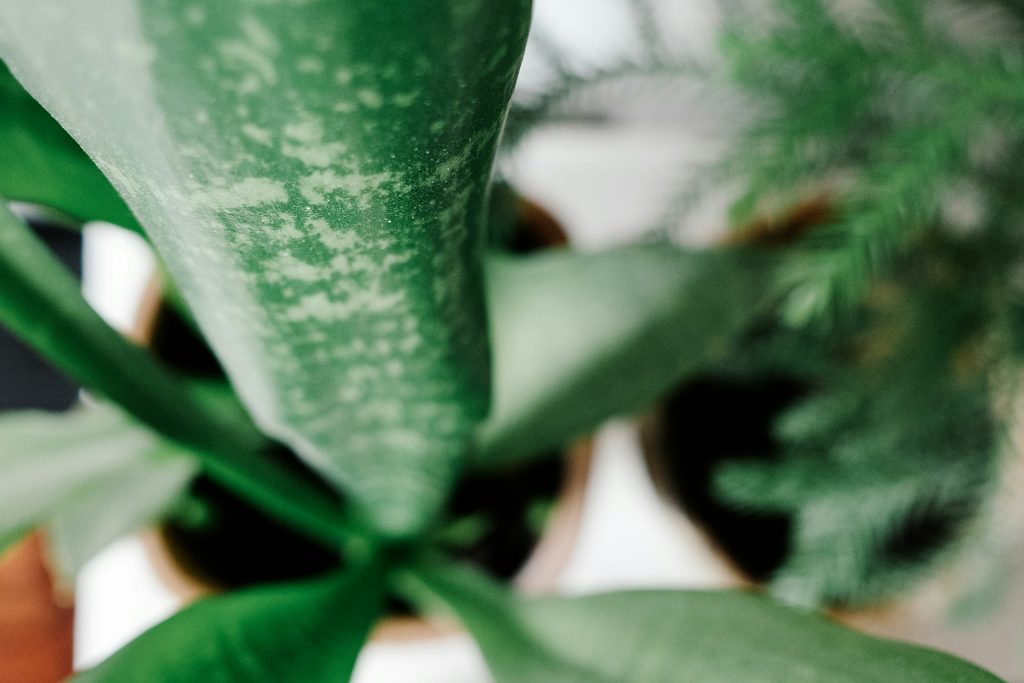Unlock the Power of the Earth Beneath Your Feet
Say Goodbye to These Common Pain Points!

Grounding for Wellness: Exploring Natural Ways to Connect, Heal, and Thrive
Essential grounding practices for wellness, comfort, and everyday living
Grounding and Blood Pressure: Could Connecting to the Earth Naturally Lower Hypertension?
The Power of Grounding and Linen: A Natural Connection for Well-being
Grounding Quotes: Literary Wisdom on Connecting with Nature and the Earth
Effective Anxiety Attack Grounding Techniques to Regain Control and Calm Your Mind
5 Effective Breathing Grounding Exercises to Reduce Anxiety and Enhance Clarity
Why Grounding Under the Rain Is the Ultimate Experience
Embracing Grounding: Overcoming Common Pain Points
Revitalize Your Sleep with an Earthing Blanket
Unleash the Power of Nature with Earthing Sandals
Experience the Benefits of Earthing Sheets
Experience the Benefits of Earthing Shoes - Walk Naturally
Experience Quality Sleep with an Earthing Mattress Today
Experience Ultimate Comfort with Earthing Pillow Cases
Unlock Natural Healing with an Earthing Mat - Explore Benefits Today
Experience Wellness with an Earthing Bracelet
Understanding Earthing Rod: Essential Guide for Home Safety
Understanding Earthing for House: A Concise Guide
Understanding Water Grounding: An Essential Guide for Beginners
Discover the Benefits of Indoor Earthing for Your Wellness
Seasonal Grounding: Harness the Power of Seasons
Exploring the Benefits and Techniques of Barefoot Walking
Unlock the Power of Garden Earthing: A Feature Guide
Discover Mountain Grounding: Uniting with Nature
Discovering Rural Grounding - Embrace Tranquility
Uncover the Magic of Beach Grounding: Your Ultimate Guide
Discover the Healing Power of Forest Bathing
Discover the Health Benefits of Urban Earthing Today
Urban Grounding: Finding Nature’s Energy in Cities Across the U.S.
Discover the best places to practice grounding in major U.S. cities, from bustling urban parks to serene natural escapes
Reconnecting with Nature: Harnessing the Power of Grounding in Boise
Set against the stunning backdrop of the Boise…
Reconnecting with Nature: Harnessing the Power of Grounding in Fort Myers
Fort Myers, Florida—a coastal city known for its…
Reconnecting with Nature: Harnessing the Power of Grounding in Springfield
Nestled in the heart of the Ozarks, Springfield,…
Reconnecting with Nature: Harnessing the Power of Grounding in Charleston
Charleston, South Carolina—a city where ocean breeze meets…
Reconnecting with Nature: Harnessing the Power of Grounding in Little Rock
Little Rock, Arkansas, is a city where the…
Reconnecting with Nature: Harnessing the Power of Grounding in McAllen
Set in the heart of the Rio Grande…
Reconnecting with Nature: Harnessing the Power of Grounding in Columbia
Tucked between the Congaree and Saluda rivers and…
Reconnecting with Nature: Harnessing the Power of Grounding in Colorado Springs
Nestled at the foot of Pikes Peak and…
Reconnecting with Nature: Harnessing the Power of Grounding in Baton Rouge
Baton Rouge, Louisiana—where the mighty Mississippi River meets…


























































